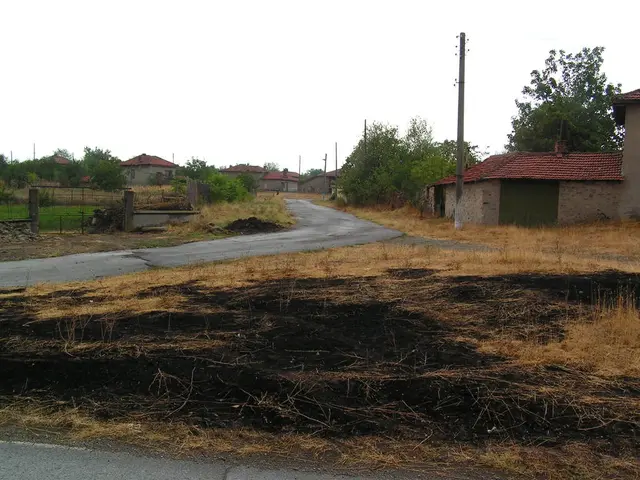Navigating Toll Charges: Be Aware of Environmental Zones Across Europe During Travel
Keep an eye on controlled environments overseas, as per ADAC's recommendation. - Foreign nations now implementing environmental zones similar to ADAC regulations.
As vacation season approaches, the ADAC cautions drivers going abroad to carefully review regulations, particularly environmental zones in neighboring countries of North Rhine-Westphalia, before hitting the road. "It's far better to spend a little time informing yourself before your trip than to deal with expensive traffic fines afterwards," advice Thomas Muether, a spokesperson for ADAC North Rhine to dpa.
This isn't just concerning speed limits. Numerous European cities impose access restrictions or bans on certain diesel and gasoline vehicles, environmental zones, city tolls, or even outright bans. In some cases, access is only granted with a specific environmental sticker.
For instance, ADAC lists access restrictions in various European cities, such as the Belgian cities of Antwerp, Brussels, and Ghent, requiring registration for German vehicles entering environmental zones. Some French cities necessitate paid environmental stickers, either permanently or temporarily. The Netherlands also features environmental zones in several cities, with more stringent restrictions for older vehicles based on their emission standards.
"We recommend drivers using their own vehicle in Europe's major cities to research any specific regulations pertaining to them. Ignoring them can lead to substantial fines," the ADAC spokesperson emphasized.
Environmental Zone
Strict regulations exist to lessen air pollution and enhance urban air quality in European cities during peak travel months like the summer holidays. These regulations generally deter access according to a vehicle's emissions standards, frequently validated by environmental badges or stickers.
France: Low Emission Mobility Zones (ZFE)
France has tightened its Low Emission Mobility Zones regulations under the Climate and Resilience Act, which came into effect on January 1, 2025. Vehicles with a badge categorized as Crit’Air 3 are banned from these zones. This includes diesel vehicles over 14 years old and gasoline vehicles over 19 years old. By the end of 2024, 12 ZFEs will be active in cities including Paris, Lyon, Strasbourg, Nice, Marseille, and Toulouse. Around 30 additional urban areas are slated to implement ZFEs by 2025, banning unclassified vehicles registered before the late 1990s/early 2000s, depending on the vehicle type.
Other European Cities
While specifics vary by city and country, many major European cities have implemented environmental zones to lessen vehicle emissions during peak pollution periods. These zones usually exclude older petrol and diesel vehicles based on their emission standards, although exact regulations and badge systems differ between cities and countries.
Tips for Private Vehicle Owners During Summer Holidays
- Expect environmental zone access restrictions for older petrol and diesel vehicles in major European cities, particularly in regions like France with stringent ZFE policies.
- Compliance often requires presenting a valid environmental badge corresponding to the vehicle's emission standard (e.g., Crit’Air in France).
- Stay updated on new zones being added, as the coverage of restrictions is increasing gradually.
- Before travel, consult specific city regulations to understand which vehicle classes and age limits are banned and ensure compliance with evolving rules.
- In addition to understanding speed limits, it's crucial for travelers to be aware that numerous European cities have environmental policies restricting access to certain diesel and gasoline vehicles in environmental zones, requiring specific environmental stickers or registration for some countries like Germany.
- Environmental science plays an integral role in these policies, with regulations developed to reduce air pollution and improve urban air quality, often validated by environmental badges or stickers depending on a vehicle's emissions standards.
- For instance, under the Climate and Resilience Act in France, the Low Emission Mobility Zones (ZFE) have tightened regulations, banning vehicles categorized as Crit’Air 3 starting January 1, 2025, which includes diesel vehicles over 14 years old and gasoline vehicles over 19 years old. This highlights the importance of lifestyle decisions, such as the type of vehicle one drives, when traveling to major European cities.




